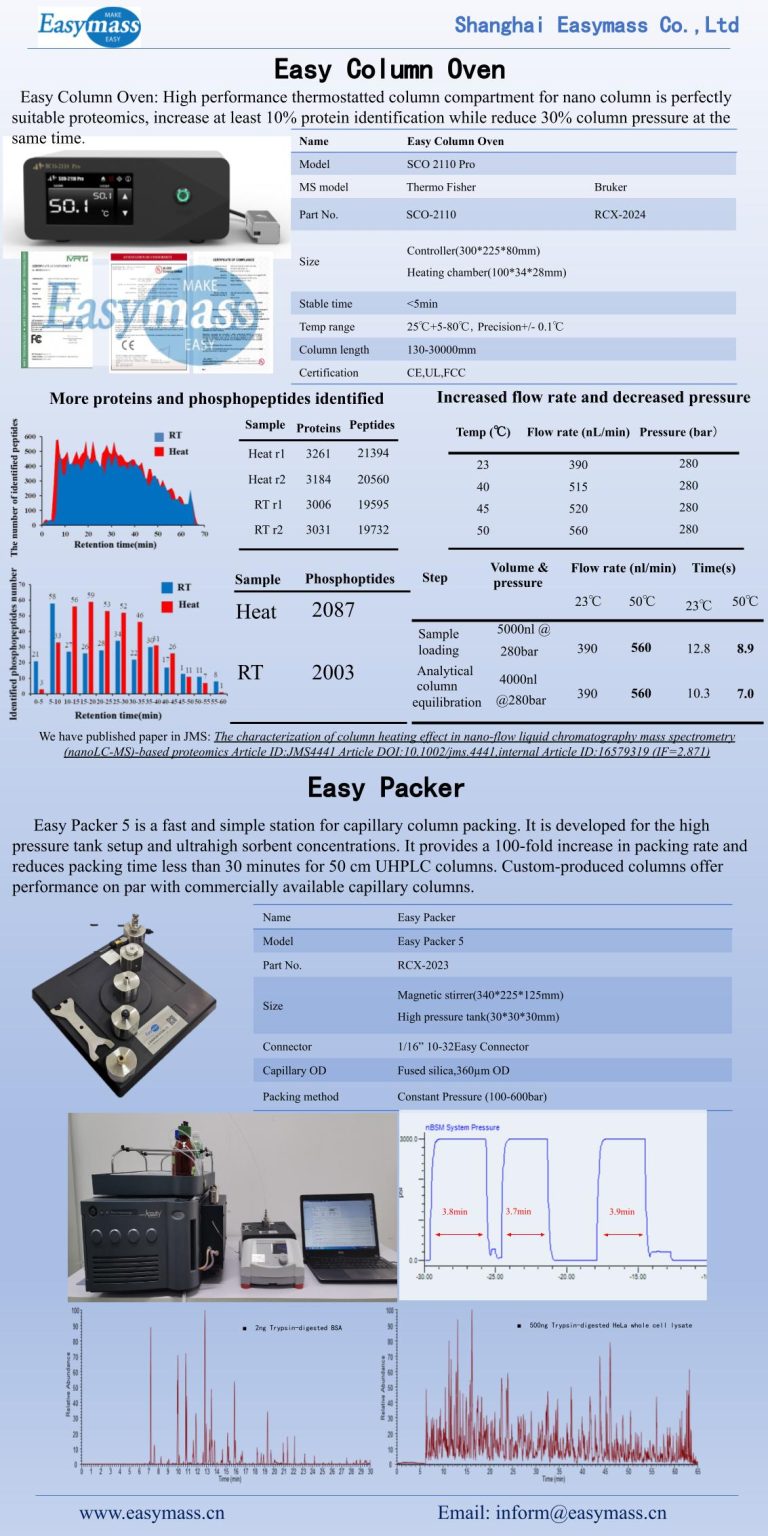Busan, South Korea
Getting Here
Gimhae International Airport (Gangseo-gu)
Busan is served by Gimhae International Airport in Gangseo-gu. Gimhae International Airport is connected by Busan-Gimhae Light Rail Transit.
Seoul Incheon Airport
KTX high-speed trains connect Seoul to Busan, one of the most popular routes in the country. You will reach Busan in less than 3 hours traveling by KTX trains. To get from Seoul Incheon Airport to Seoul Station, take the AREX Express Train.
Gimhae Airport Limousine Bus
Gimhae Airport Limousine Bus is one of the fastest buses connecting Gimhae International Airport and the downtown area. As of 2012, three routes are operated by Taeyoung Airport Limousine Corp.
Nampo-dong: Gimhae International Airport ↔ Seomyeon, Busanjin Station, Busan Station, Nampo-dong ↔ Chungmu-dong (Seo-gu Office)
Haeundae No.1: Gimhae International Airport ↔ Namcheon-dong, BEXCO, Dongbaekseom (Westin Chosun Busan), Haeundae ↔ New City (Jangsan Station)
Haeundae No.2: Gimhae International Airport ↔ Namcheon-dong, Gwangan Bridge, Haeundae ↔ New Town (Jangsan Station) Express Bus.
Getting Here
IMPORTANT: Strike of Railway Workers
Due to the upcoming railway strike scheduled from September 14 to September 17, only 68% of the train services will be operational during these four days. Please click here to view the Alternative Transportation Methods.
Gimhae International Airport (Gangseo-gu)
Busan is served by Gimhae International Airport in Gangseo-gu. Gimhae International Airport is connected by Busan-Gimhae Light Rail Transit.
Seoul Incheon Airport
KTX high-speed trains connect Seoul to Busan, one of the most popular routes in the country. You will reach Busan in less than 3 hours traveling by KTX trains. To get from Seoul Incheon Airport to Seoul Station, take the AREX Express Train.
Gimhae Airport Limousine Bus
Gimhae Airport Limousine Bus is one of the fastest buses connecting Gimhae International Airport and the downtown area. As of 2012, three routes are operated by Taeyoung Airport Limousine Corp.
Nampo-dong: Gimhae International Airport ↔ Seomyeon, Busanjin Station, Busan Station, Nampo-dong ↔ Chungmu-dong (Seo-gu Office)
Haeundae No.1: Gimhae International Airport ↔ Namcheon-dong, BEXCO, Dongbaekseom (Westin Chosun Busan), Haeundae ↔ New City (Jangsan Station)
Haeundae No.2: Gimhae International Airport ↔ Namcheon-dong, Gwangan Bridge, Haeundae ↔ New Town (Jangsan Station) Express Bus.
Visa and Entry Requirements
Korea Electronic Travel Authorization
From September 2021 onward, individuals from countries under the Visa Waiver Program (VWP) must apply for a K-ETA online before traveling to South Korea by air or sea. While some nations fall under the category of “free-visa countries” whose citizens don’t require a visa, they still need to obtain a K-ETA online.
Read more and apply at https://www.k-eta.go.kr/portal/apply/index.do. This is the official website and there is a fee of approximately 10 USD (10,000 KRW) to apply for the K-ETA. Please be aware of fraud websites asking for much higher fees.
Getting Around
GETTING AROUND
Busan is very well connected, which will allow you to easily move around the city. The most convenient way to get around is by using public transport or taxis. Though Busan is not nearly as congested as Seoul, there can be significant traffic jams closer to the popular beach areas.
Public Transport
Busan offers an integrated public transport system. It’s possible to get almost anywhere in the city by using the subway or busses. It is also inexpensive, and the city offers a rechargeable T-money card. Transportation rates are lower with the card than purchasing single-ride tickets. The card can be used for both the subway and bus system and even in some taxis.
Metro
The subway system is Busan is extensive and can be used to get around most of the city. Delegates can buy single-trip tickets or the T-money card from vending machines at any subway station.
Buses
Busan recently converted the majority of its bus fleet to electric buses. Major bus stops will have an electronic board showing which routes pass through the stop and when the next bus will arrive. Passengers pay when they get onto the bus with their T-money cards or they can use cash.
Taxis
Taxis in Busan are extremely convenient and not too hard to come by. It’s possible to hail a taxi from the street or though Kakao Taxi – a local taxi-hailing app. All taxis run on a metre and delegates can pay their fair either with a credit card, local bank card, or in cash. It’s also sometimes possible to use a T-money card to pay for a trip if the passenger swipes it at the start and end of the journey. Many drivers don’t speak English well so it’s always a good idea to have the address or destination written down in Korean to show the driver.
Apps To Download Before Travelling
In Korea, there are two primary navigation services available.
- KakaoMap. Download from Google Play or iOS.
- NAVER Maps. Download from Google Play or iOS.
More useful apps can be found here.
Currency
The official currency is the South Korean won (KRW), but the main credit cards and US dollars are accepted in most tourist points of interest.
There are banks, ATMs and exchange houses available, however, it is recommended to always carry some cash.
Time Zone
Korea Standard Time (UTC+9), which remains unchanged throughout the year.
Weather
Located on the southeasternmost tip of the Korean Peninsula, Busan has a cooler version of a humid subtropical climate. Extremely high or low temperatures are rare. You can expect average temperatures of 20 – 25 Grad Celsius in September. It may be humid and rainy.
Things to Do
Busan is the 2nd largest city and number one trading hub in Korea, with a population of 3.4 million and a total area of 770.2 square kilometers. Since opening Korea’s first international port in 1876, the city has become a hub of trade, commerce and industry. Global events including the Asia-Pacific Economic Cooperation conference, Busan International Film Festival and Busan International Fireworks Festival, as well as various sea-related festivals are held throughout the year.
The city is also a tourist destination and home to Asia’s largest department store, Haeundae beach, and a yacht marina. Located on the southern tip of the Korean Peninsula, Busan is a historic city that served as the temporary capital during the Korean War and refuge for men, women and children fleeing the North to build new lives. Make sure you plan some extra time during your stay.
For further information, please visit https://www.busan.go.kr/eng/index














